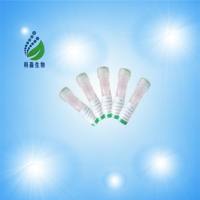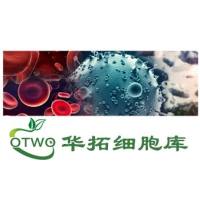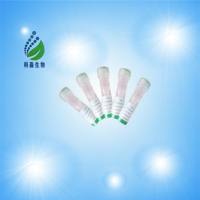重组蛋白诱导iPS细胞
互联网
3561
摘要
Groundbreaking work demonstrated that ectopic expression of four transcription factors, Oct4, Klf4, Sox2, and c-Myc, could reprogram murine somatic cells to induced pluripotent stem cells (iPSCs) (Takahashi and Yamanaka, 2006), and human iPSCs were subsequently generated using similar genetic manipulation (Takahashi etal., 2007,Yu etal., 2007). To address the safety issues arose from harboring integrated exogenous sequences in the target cell genome, a number of modified genetic methods have been developed and produced iPSCs with potentially reduced risks (for discussion, see Yamanaka, 2009, and references therein). However, all of the methods developed to date still involve the use of genetic materials and thus the potential for unexpected genetic modifications by the exogenous sequences in the target cells. Here wereport generation of protein-induced pluripotent stem cells (piPSCs) from murine embryonic fibroblasts using recombinant cell-penetrating reprogramming proteins. We demonstrated that such piPSCs can long-term self-renew and are pluripotent invitro and invivo.
Generation of Induced Pluripotent Stem Cells Using Recombinant Proteins
Hongyan Zhou,Shili Wu,Jin Young Joo,Saiyong Zhu,Dong Wook Han,Tongxiang Lin,Sunia Trauger,Geoffery Bien,Susan Yao,Yong Zhu,Gary Siuzdak,Hans R. Scohler,Lingxun Duan,Sheng Ding









